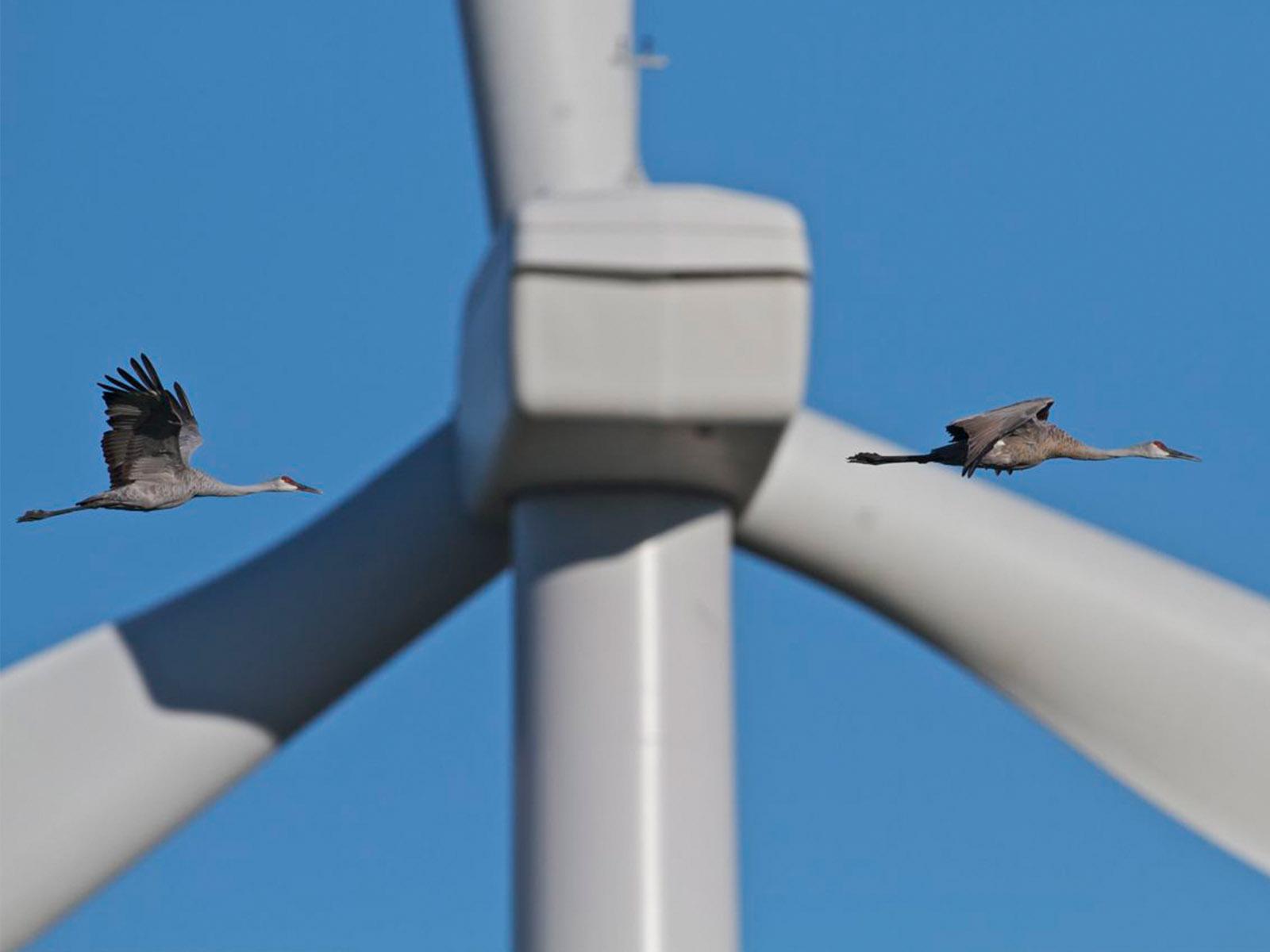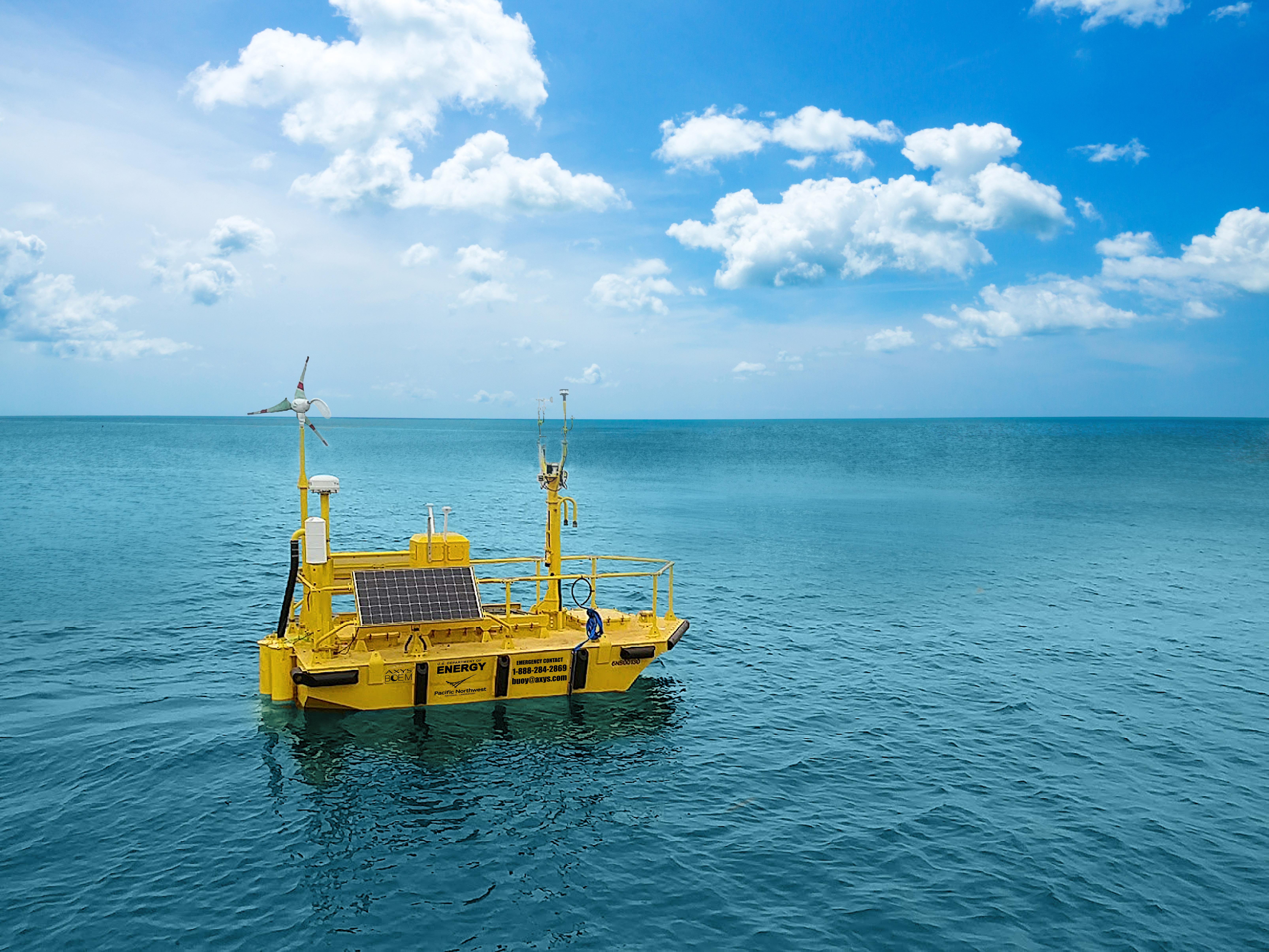Offshore Biological Radar Project
Offshore Biological Radar Project
A partnership between Pacific Northwest National Laboratory and the United States Geological Survey to develop a buoy-based radar system capable of detecting flying animals over open water

The Avian Radar Project is designing a new system that will detect birds and bats over open water and near offshore wind turbines.
Photo: J. Bartholmai
